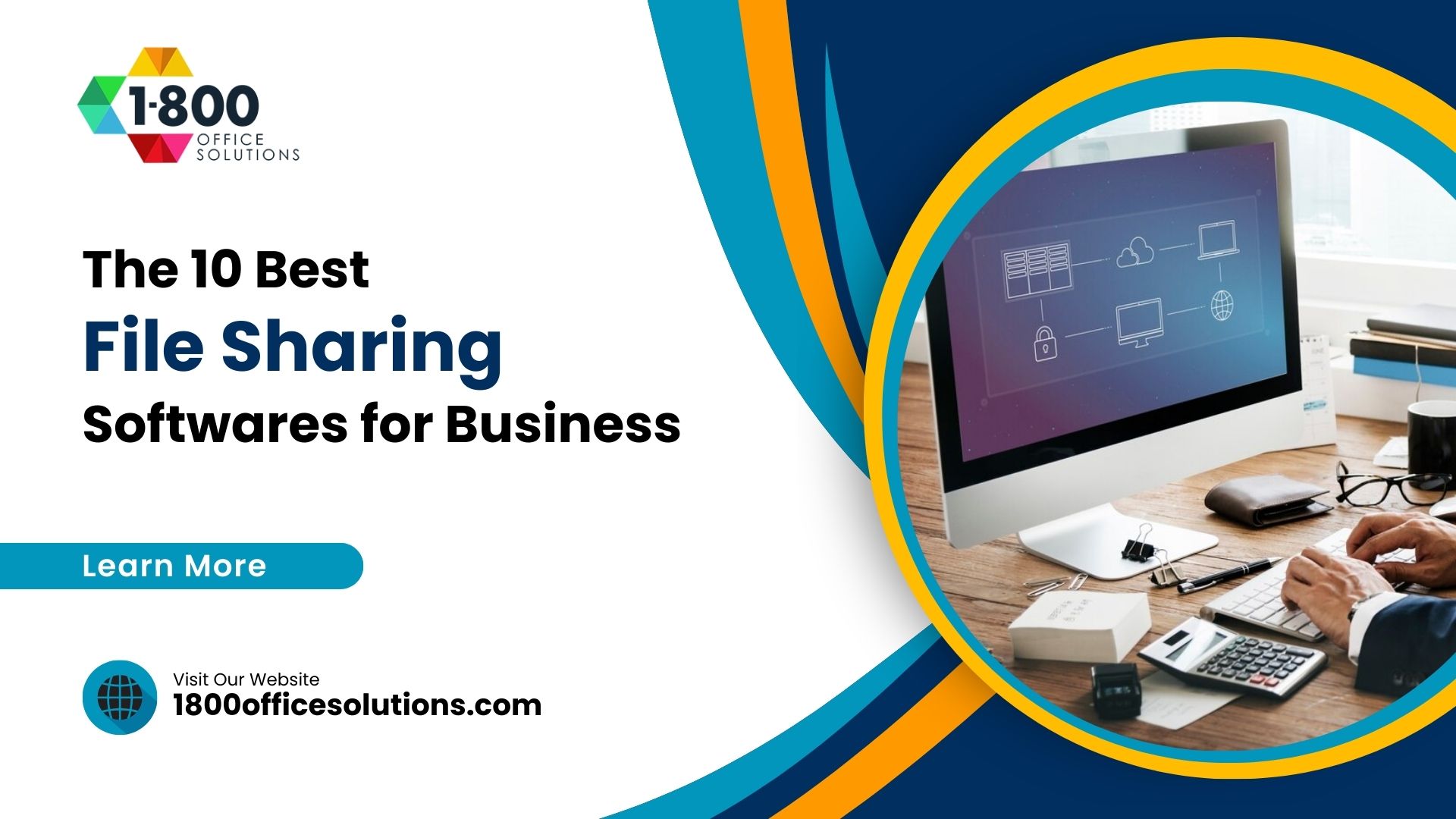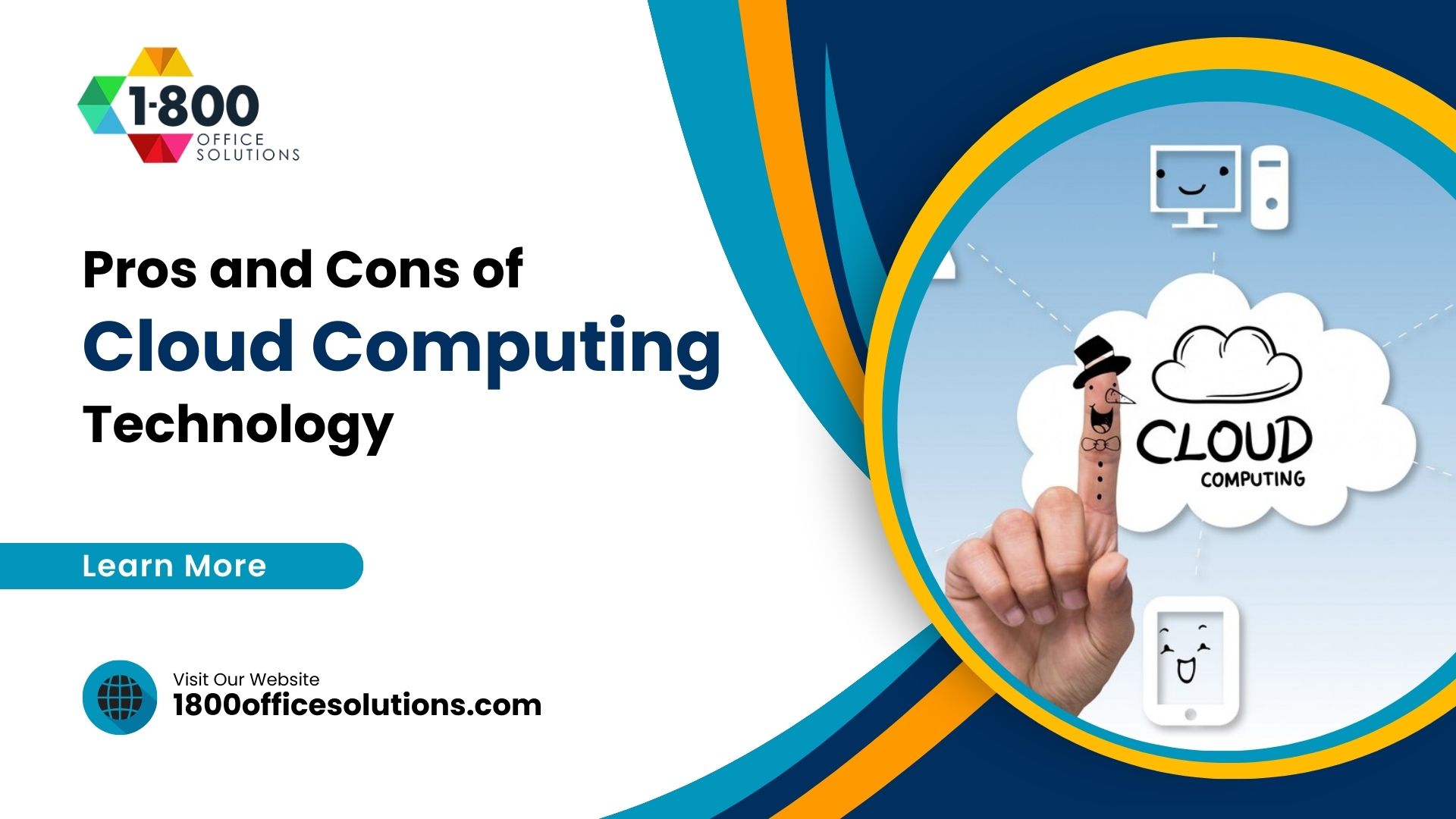SaaS, PaaS & IaaS: Which Cloud Computing Model is a Perfect Fit for Your Business?
Cloud Computing Model
In the digital age, the term cloud computing has become synonymous with modern businesses. As companies strive to streamline operations, reduce costs, and enhance scalability, the allure of the cloud is undeniable. But with the myriad of options available, how does one determine the right cloud computing model for their specific needs?
The importance of this decision cannot be overstated. Choosing the right cloud service model can be the difference between a company’s success and its stagnation. It’s not just about saving money; it’s about harnessing the power of the cloud to drive innovation, improve customer experiences, and stay ahead of competitors.
Cloud services have revolutionized the way businesses operate, offering unparalleled flexibility and scalability. But to truly harness its potential, one must first understand the different models and their unique offerings.
This article provides a comprehensive overview of the three main cloud computing service models. As businesses continue to evolve, so will the landscape of cloud computing. The key is to stay informed and choose the model that aligns best with your business objectives.
Overview of Cloud Computing Service Model
Cloud computing is a paradigm shift in how we think about IT and cloud resources. At its core, it’s about delivering computing services—like servers, serverless computing, storage, databases, and software—over the internet. The significance of this model lies in its ability to provide businesses with:
- Cost Savings: No need for hefty upfront investments in hardware.
- Scalability: Easily scale up or down based on demand.
- Performance: Benefit from massive economies of scale.
- Speed & Agility: Deploy resources quickly and efficiently.
The convenience of cloud services is evident in its rapid adoption across industries. From startups to Fortune 500 companies, the move to the cloud is a testament to its undeniable benefits. By leveraging the right cloud service provider, businesses can focus on what they do best, leaving the intricacies of IT management to the experts.
Cloud Service Model: Software as a Service (SaaS)
In the dynamic world of cloud computing, Software as a Service, or SaaS, has emerged as a dominant force, reshaping the way businesses and individuals access and use software applications. This model has not only revolutionized software distribution but has also provided a plethora of benefits to its users.
Definition
SaaS is a method of software delivery where applications are hosted remotely by a third-party provider and are made accessible to users over the internet. Gone are the days when software needed to be purchased, downloaded, and installed on individual machines. With SaaS, users can access the software and its features simply through a web browser.
The Paradigm Shift
The traditional model of software procurement involved purchasing a license, installing the software on a local machine, and periodically updating it. This process was not only cumbersome but also costly. SaaS has transformed this model entirely. By hosting the software on cloud servers, providers can offer the same application to multiple users, allowing them to access it anytime, anywhere.
Benefits
- Cost-effective: One of the most significant advantages of SaaS is its cost-effectiveness. Businesses no longer need to invest heavily in software licenses or hardware infrastructure. The subscription-based model of SaaS eliminates the upfront cost of software purchase and installation. Moreover, since the software is hosted remotely, there are no additional costs for maintenance or updates.
- Up-to-date Software: In the traditional software model, users had to manually update their software, which often led to compatibility issues and security vulnerabilities. With SaaS, automatic updates are a standard feature. This ensures that users always have access to the latest features, improvements, and security patches without any intervention on their part.
- Reduced Infrastructure Needs: SaaS significantly reduces the need for extensive hardware infrastructure and IT teams. Since the software runs on the provider’s servers, businesses don’t need to invest in high-end hardware or maintain large IT teams to manage and troubleshoot software issues. This not only reduces costs but also simplifies IT management.
Popular Examples
- Google Apps: A suite of cloud computing productivity and collaboration software tools that includes Gmail, Docs, Drive, and Calendar.
- Salesforce: A leading customer relationship management (CRM) platform that helps businesses connect with their customers in a whole new way.
- Dropbox: A cloud-based file storage solution that allows users to save files online and sync them to their devices.
- ZenDesk: A customer service software and support ticketing system that enhances customer relationships.
- Slack: A collaboration hub that connects work with the tools and services people use every day.
- Hubspot: An inbound marketing, sales, and service platform that helps companies attract visitors, convert leads, and close customers.
- BigCommerce: An e-commerce platform that provides businesses with the tools to set up and run an online store.
Software as a Service has undeniably changed the landscape of software usage and distribution. Its benefits extend beyond just cost savings, offering flexibility, accessibility, and efficiency. As businesses continue to seek agile and scalable solutions, the adoption of SaaS is only set to grow.
Whether you’re a startup looking to leverage cutting-edge software tools or an established enterprise aiming to streamline operations, SaaS offers a solution tailored to fit your needs.
Platform as a Service (PaaS)
In the vast realm of cloud computing, Platform as a Service, commonly known as PaaS, stands out as a transformative solution for businesses. It offers a unique blend of features that streamline the application development process, making it easier for companies to innovate and scale.
Definition
At its core, PaaS is a cloud service model that provides a comprehensive development and deployment environment in the cloud. Unlike traditional models where businesses had to invest heavily in physical infrastructure, PaaS operates in the virtual realm, leveraging the power of cloud infrastructure.
The Intersection with Other Cloud Models
While PaaS focuses on application development, it’s essential to understand its position in the broader cloud computing model. SaaS (Software as a Service) delivers software applications over the cloud, eliminating the need for local installations. On the other hand, IaaS (Infrastructure as a Service) offers virtualized computing resources, giving businesses more control over their infrastructure without the associated physical costs.
Benefits
- Custom Application Development: PaaS stands out by offering tailor-made solutions. Businesses can develop applications specific to their needs, ensuring better alignment with their objectives and processes.
- Reduced Operational Issues: One of the significant advantages of PaaS is the reduction in operational challenges. The PaaS provider takes care of the runtime, middleware, and operating system. This means businesses don’t have to worry about the nitty-gritty of maintaining these systems, allowing them to focus on innovation.
- High Scalability: In today’s dynamic market, scalability is crucial. PaaS offers the ability to easily scale applications without the need to change toolsets, policies, or codes. Whether you’re a startup experiencing rapid growth or an established enterprise looking to expand, PaaS ensures your applications can handle the increased load.
Types of Clouds in PaaS
PaaS can be deployed in various environments, including public cloud, private cloud, and hybrid cloud. The choice depends on the business’s specific needs, security concerns, and scalability requirements.
Examples
Several leading cloud providers offer PaaS solutions:
- Windows Azure: Microsoft’s cloud platform, offering a range of cloud services including those for computing, analytics, storage, and networking.
- Google App Engine: Part of Google Cloud, it allows developers to build scalable web and mobile backends in any language.
- OpenShift: Red Hat’s open-source container application platform based on Docker containers.
- Heroku: A cloud platform that lets companies build, deliver, monitor, and scale apps.
- AWS Elastic Beanstalk: An orchestration service from Amazon Web Services that allows developers to deploy applications that can be scaled and managed.
Security in PaaS
Cloud security is a top concern for many businesses. PaaS providers invest heavily in security protocols, ensuring that applications and data are protected. From encrypted data transmissions to secure access controls, PaaS platforms prioritize keeping your data safe.
PaaS has revolutionized the way businesses approach application development. By eliminating the complexities of infrastructure management and offering tools that streamline the development process, PaaS is a testament to the transformative power of cloud computing. As businesses continue to seek agile, cost-effective, and scalable solutions, PaaS emerges as a front-runner, bridging the gap between innovation and infrastructure.
Infrastructure as a Service (IaaS)
In the intricate tapestry of cloud computing, Infrastructure as a Service, commonly referred to as IaaS, emerges as a foundational pillar. It serves as the bedrock, enabling businesses to harness the power of modern computing without the intricacies and costs of maintaining physical hardware.
Definition
IaaS can be succinctly defined as the provision of virtualized computing resources over the internet. Instead of investing in physical servers, storage, and networking components, businesses can rent these resources as virtualized entities from a cloud provider.
Diving Deeper into the Cloud Model
The cloud model is composed of several layers, each offering distinct services. While SaaS (Software as a Service) delivers software applications and PaaS (Platform as a Service) provides a platform for application development, IaaS offers the underlying infrastructure. It’s the base upon which other services are built, offering the raw computing power and storage capabilities.
Benefits
- Flexibility: One of the standout features of IaaS is the flexibility it offers. Businesses can select the infrastructure components they need, tailoring their cloud systems to their specific requirements. Whether it’s choosing a particular operating system or a specific storage solution, IaaS provides the options.
- Cost-effective: The financial benefits of IaaS are manifold. By adopting this cloud model, businesses can shift from a capital expenditure model to an operational one. They pay only for what they use, leading to significant cost savings.
- High Control: IaaS offers businesses a high degree of control over their infrastructure. From the operating system to the deployed applications and networking components, companies can configure their environments as they see fit. This is especially beneficial for businesses with specific regulatory or security requirements.
The Landscape of Cloud Types
The world of cloud computing is vast, with different types of clouds catering to various needs. From public clouds that offer services to multiple clients to private clouds tailored for a single entity and hybrid clouds that combine the best of both worlds, the options are diverse. There’s also the community cloud, designed for use by specific community members with common interests.
Examples
Several leading cloud providers offer IaaS solutions:
- DigitalOcean: Known for its simplicity and being developer-friendly, it’s a popular choice for web applications.
- Cisco Metacloud: A solution that combines the benefits of public and private clouds, offering flexibility and security.
- Rackspace: A veteran in the cloud industry, it offers a range of services, including managed hosting and cloud computing.
- Linode: A reliable and robust platform, it’s favored for its high-performance SSD-based virtual machines.
The Evolution and Adoption of Cloud
Cloud adoption has seen a meteoric rise over the past decade. As businesses recognize the benefits, the shift towards cloud models like IaaS becomes more pronounced. Reports like the state of the cloud report provide insights into this trend, highlighting the growing reliance on cloud services.
The realm of cloud computing has transformed the way businesses operate. IaaS, with its flexibility, cost-effectiveness, and control, stands out as a game-changer. As the digital landscape continues to evolve, the importance of selecting the right cloud model becomes paramount.
Whether you’re a startup looking to innovate or an established enterprise aiming to scale, IaaS offers the tools and capabilities to propel your business forward. With the right cloud provider, the sky’s the limit.
Choose and Deployment from Three Service Models
In today’s digital era, the cloud model you choose can significantly impact your business’s efficiency, scalability, and profitability. But with a plethora of options available, how does one make an informed decision?
Analyzing Business Needs
Before diving into the vast ocean of cloud computing services, it’s crucial to assess your business’s specific needs. Are you looking for a solution to store vast amounts of data, or are you more interested in developing applications tailored to your business? Understanding your objectives will guide your choice.
Factors to Consider
- Cost: While cloud services can be more cost-effective than traditional IT solutions, it’s essential to consider the long-term expenses and potential savings.
- Scalability: As your business grows, your cloud application needs might change. Opt for a model that can scale with your business.
- Control: How much control do you want over your data and applications? Some businesses require more control due to regulatory or security reasons.
- Specific IT Requirements: Does your business have unique IT needs? Perhaps you require specific computing capabilities or have unique deployment model preferences.
Lastly, don’t shy away from seeking expert advice and consultation. Professionals in the field can provide insights tailored to your business, ensuring you select the right cloud model.
What People Also Ask
What are the top 3 cloud computing service models?
The top 3 cloud computing service models are Software as a Service (SaaS), Platform as a Service (PaaS), and Infrastructure as a Service (IaaS). Each serves a distinct purpose and caters to different business needs.
How does cloud storage differ from traditional storage?
Cloud storage involves storing data on remote servers accessed via the internet, whereas traditional storage refers to local storage devices like hard drives. Cloud storage offers more flexibility, scalability, and often enhanced security features.
What are the different types of cloud computing?
The primary types of cloud computing are Public Cloud, Private Cloud, Hybrid Cloud, and Community Cloud. Each type offers different levels of control, flexibility, and management.
How does the SaaS model benefit businesses?
The SaaS model allows businesses to access software applications over the internet without the need for on-premises installation. This leads to cost savings, automatic updates, and global accessibility.
Conclusion
The landscape of cloud computing is vast and ever-evolving. As businesses continue to digitalize and seek efficient solutions, the importance of the cloud becomes increasingly evident. However, it’s not just about jumping on the bandwagon. The real value lies in understanding the nuances of each cloud model and aligning them with business objectives.
The future of cloud computing looks promising, with innovations on the horizon and an increasing number of businesses realizing its potential. From enhancing computing power to ensuring data security, the benefits are manifold. But the crux lies in choosing the right model. Whether it’s the flexibility of IaaS, the tailored solutions of PaaS, or the convenience of SaaS, the decision should be well-informed.
In this journey, remember that you’re not alone. Numerous cloud providers can help guide your decision, ensuring that your transition to the cloud is smooth and beneficial. As we look ahead, one thing is clear: the cloud is here to stay, and its potential is just beginning to be realized.












